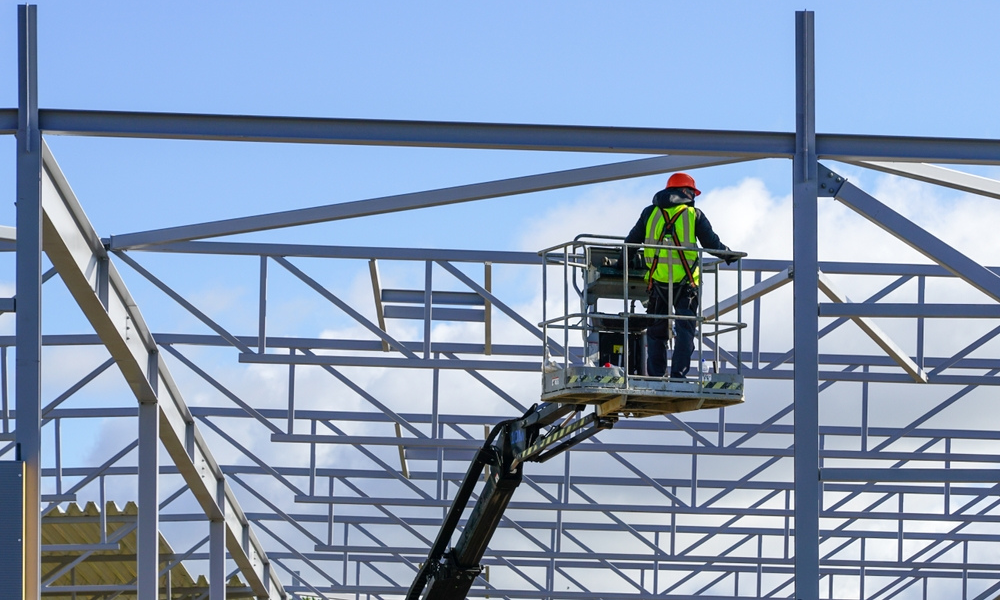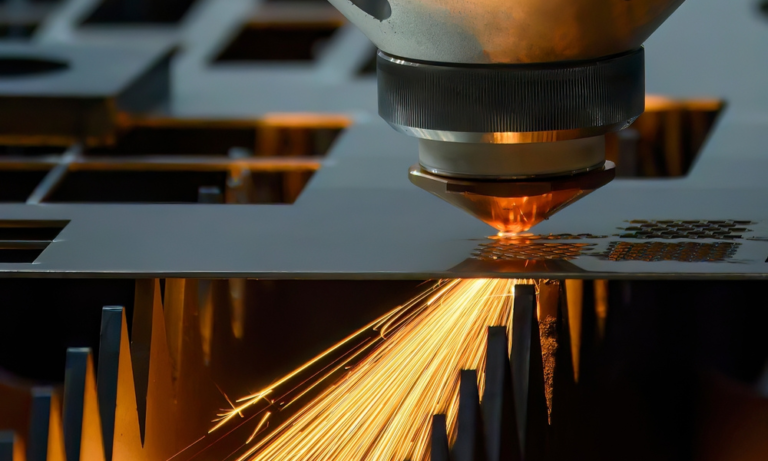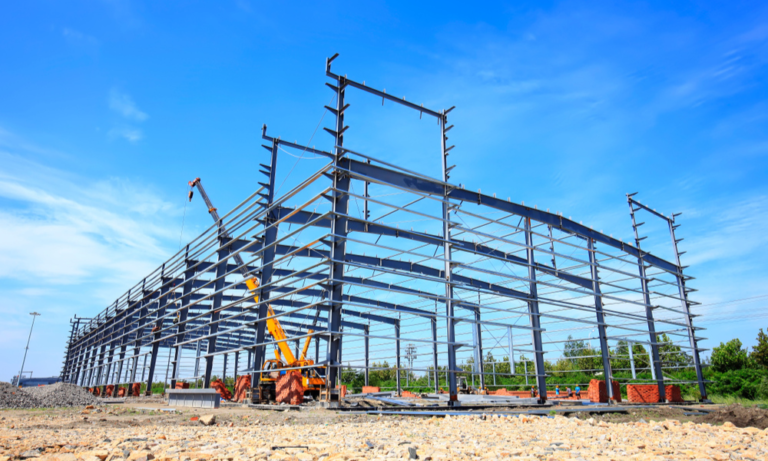Estimated reading time: 4 minutes
Structural materials play a pivotal role in modern construction, and steel is no exception. Known for its durability, strength, and versatility, it’s a favorite for everything from skyscrapers to warehouses. However, understanding the expenses associated with a steel-based project can feel overwhelming. Let’s break it down, step by step, to help you navigate the budgeting process with confidence.
What You’ll Learn
- The main factors that impact expenses in steel construction projects.
- Common but often overlooked charges.
- Practical strategies to keep your project within budget.
- How to choose the right materials and services for long-term value.
Key Factors Influencing Costs
1. Material Pricing
Raw materials form the bulk of the expenses. Prices fluctuate based on availability, demand, and quality. High-grade options naturally cost more but often justify their price through longevity and performance. While some projects require premium options, simpler builds may benefit from more economical choices.
2. Design Complexity
The more intricate the design, the more resources are required for production and assembly. Simpler structures are typically less expensive to produce. However, when creativity calls, consider working with experienced fabricators who can deliver results efficiently.
3. Project Scale
A larger project means more material, labor, and logistics. Whether constructing a small facility or a multi-story building, the size directly impacts how much you’ll need to invest.
Breaking Down the Budget

1. Fabrication and Assembly
Transforming raw metal into usable components involves precision processes like cutting, bending, and welding. Skilled labor and advanced tools ensure quality but come at a cost. Prefabricated pieces are one way to save time and reduce on-site expenses.
2. Installation
Putting the structure together requires not only manpower but also heavy equipment. Cranes, drills, and safety gear are essential. If you’re new to this, working with professional contractors ensures the job is done safely and efficiently.
3. Logistics and Transportation
Getting materials to the construction site often comes with hidden charges. Distance from the supplier and fuel costs are key contributors. Opting for local providers can help you save here.
4. Permits and Compliance
Every project must meet local regulations, which often include permits and inspections. While this might seem like an inconvenience, it’s a non-negotiable aspect that helps avoid fines or delays later.
Tips to Avoid Hidden Expenses
- Plan for Maintenance: Even durable materials benefit from proper care. Protective coatings or corrosion treatments are additional but worthwhile investments. If you’re unsure, check out my guide to maintaining steel structures.
- Factor in Delays: Weather or supply disruptions can add unplanned costs. Build a buffer into your budget to account for these variables.
- Prepare the Site: Ensure the location is ready before installation begins to avoid last-minute adjustments.
Cost-Saving Strategies

1. Simplify Your Design
Opt for straightforward designs when possible. Reducing complexity often results in significant savings without compromising structural integrity.
2. Bulk Purchases
If your project involves substantial quantities, ordering in bulk can reduce per-unit expenses. Collaborating with a reliable supplier early on can help identify cost-saving opportunities.
3. Prefabrication
Using pre-made components saves both time and labor costs. Prefabricated pieces are created off-site, ensuring they’re ready for quick assembly upon delivery.
4. Choose the Right Team
Selecting experienced professionals can help streamline the entire process. For tips on hiring the right contractor, check out my guide to choosing a steel contractor.
Balancing Budget and Quality
Cutting corners on quality might save money upfront, but it often results in higher expenses down the line. Prioritize durable materials and experienced fabricators to ensure your investment stands the test of time.
Thinking About Sustainability
Recycling is one of steel’s superpowers. It can be reused multiple times without losing its properties, making it an eco-friendly option that supports both sustainability and savings. If environmental impact matters to you, this is an added reason to choose this material.
Conclusion
The costs of a project depend on various factors, from material selection to labor and logistics. By understanding these elements and planning accordingly, you can keep expenses manageable without sacrificing quality. Simplify where possible, work with trusted professionals, and always focus on long-term value.
Ready to start planning your next project? Explore more helpful insights with these related resources:
- Top Benefits of Hiring Professional Metal Contractors
- Structural Steel vs. Traditional Wood: Pros and Cons
Let’s build something extraordinary together—one beam at a time!



